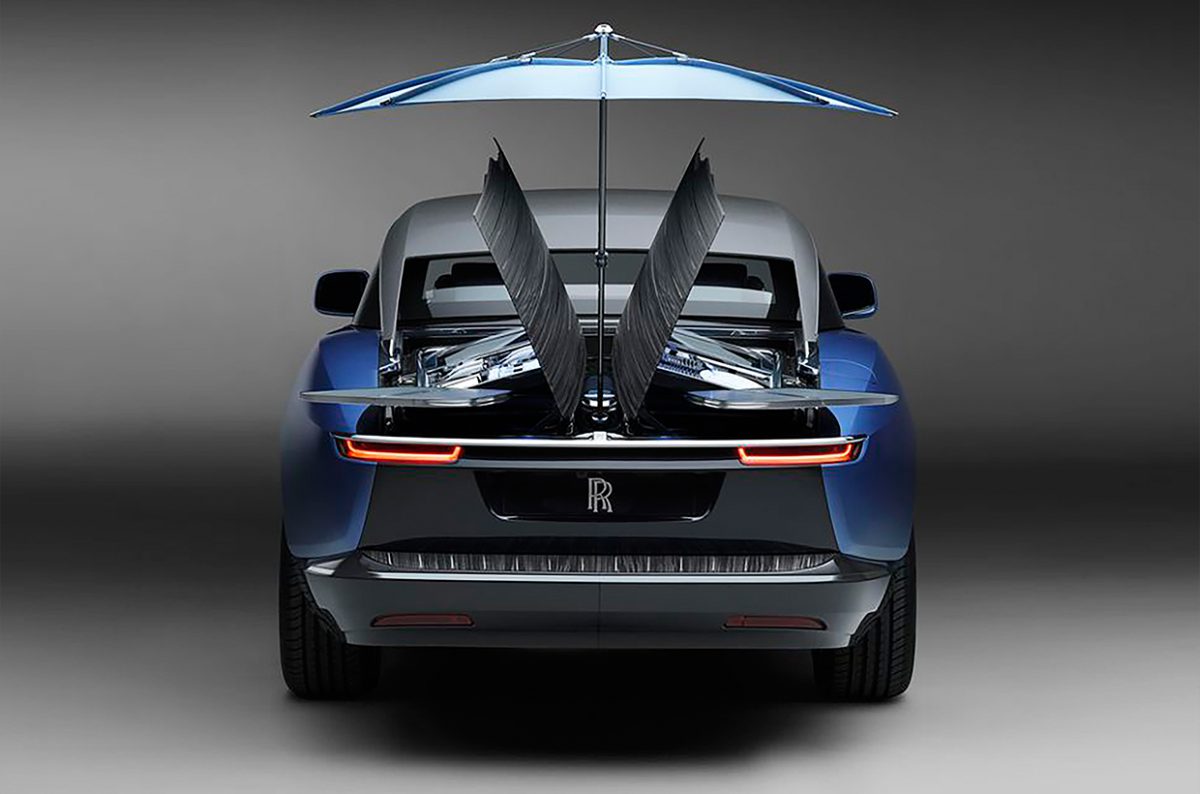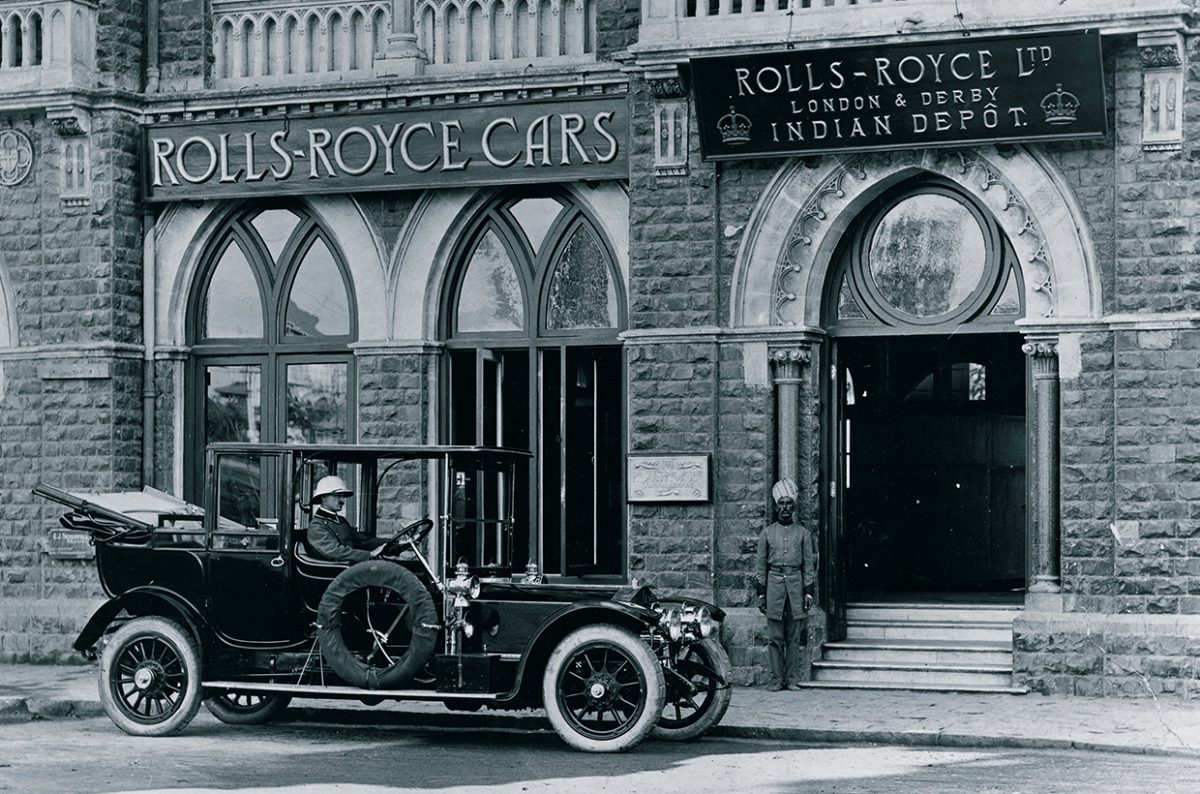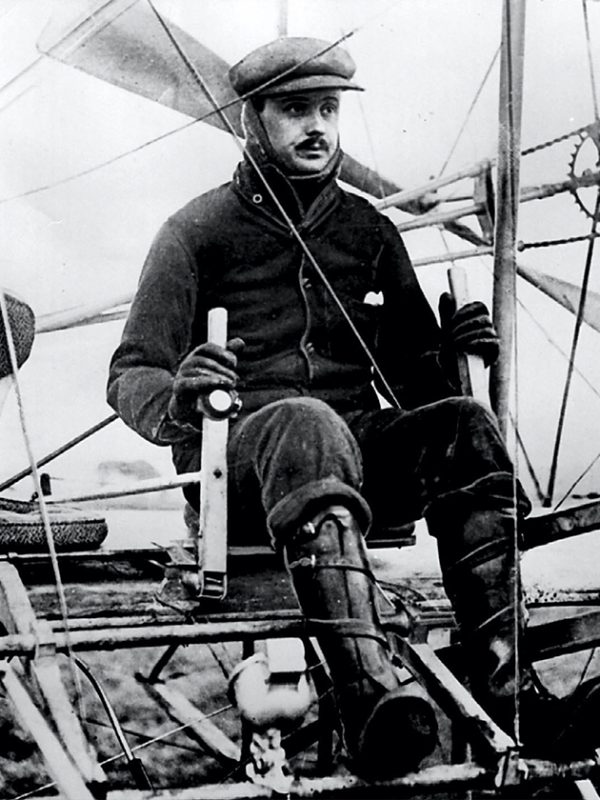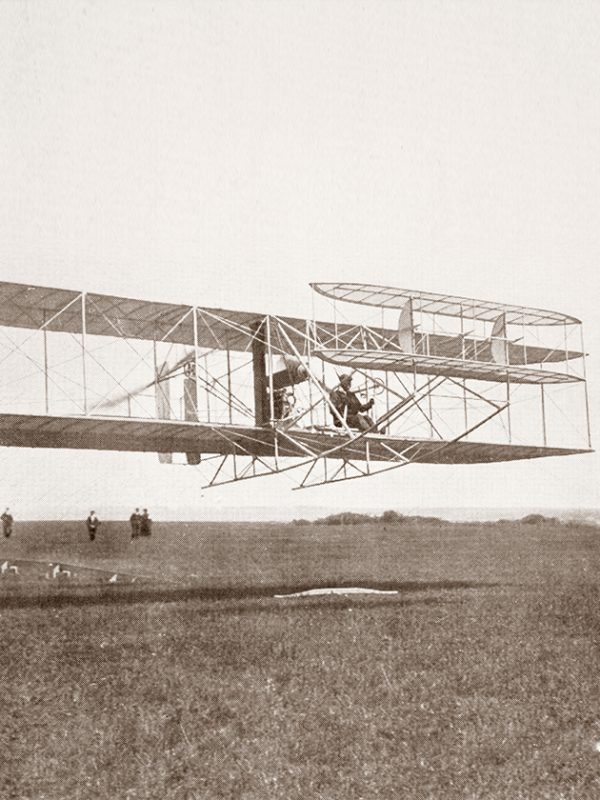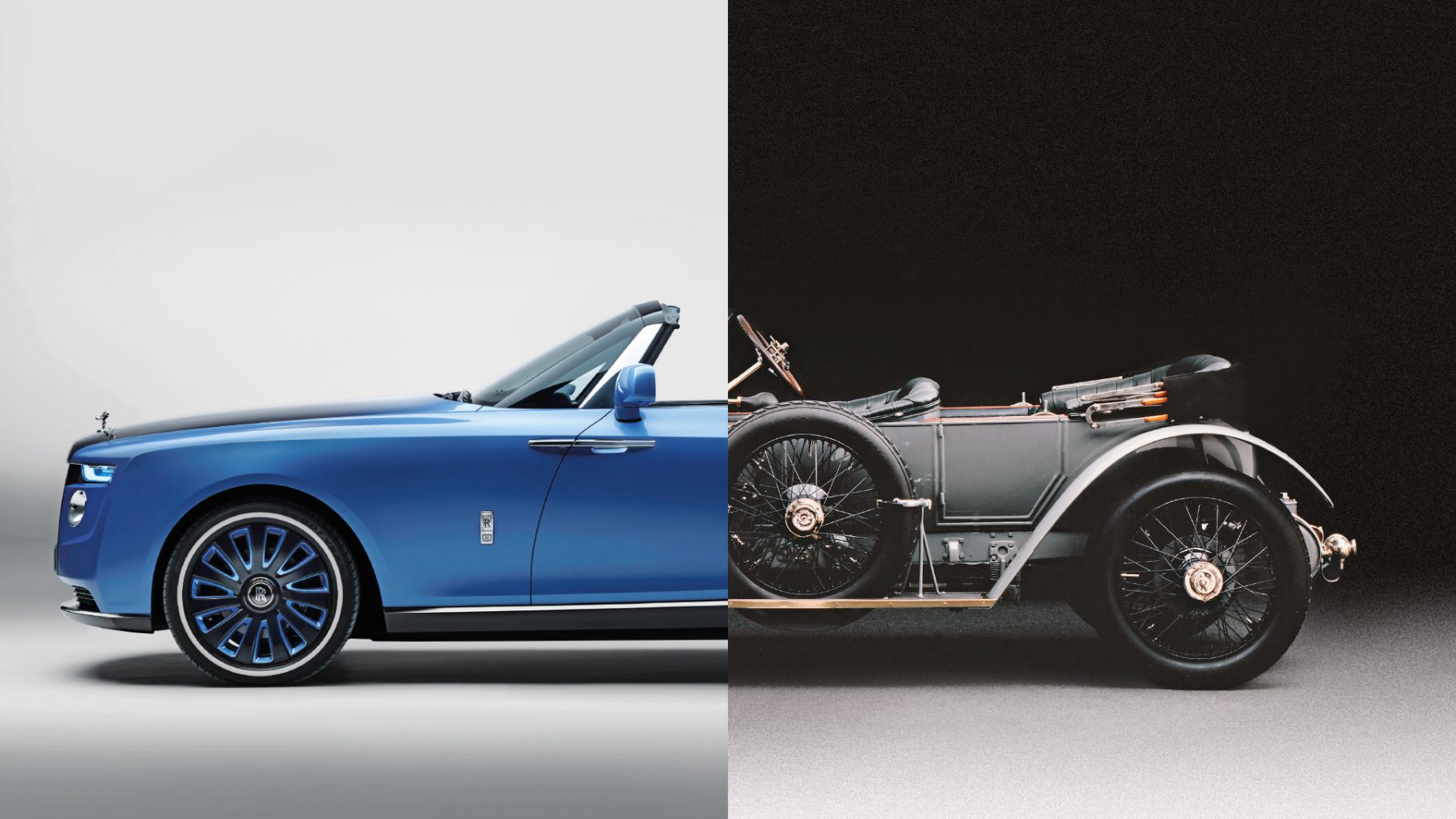The wings of change by Silke Bender | 3rd September, 2021 | Personalities
Rolls-Royce has been a symbol of British elegance since 1904. Now the time-honored brand is setting itself apart on two fronts simultaneously – with a bespoke luxury car and the world’s fastest electric aircraft.
“480 kph! With this racing aircraft, we want to demonstrate the technical possibilities and get people enthusiastic about e-viation.” MATHEU PARR, SPIRIT OF INNOVATION PROGRAM MANAGER AT ROLLS-ROYCE HOLDINGS/ACCEL
Few British brands are as well-known as Rolls-Royce. But the famous name doesn’t stand for luxury cruisers alone. It also belongs to an aircraft component and technology firm, which has been separate from the car manufacturer since 1973. Each of the two companies stands for excellence made in Great Britain.
“We’re seeing bold new displays of eccentricity. You don’t drive a Rolls-Royce if you’re shy.” TORSTEN MÜLLER-ÖTVÖS, CEO OF ROLLS-ROYCE MOTOR CARS
The Spirit of Ecstasy, it could be argued, is the world’s most famous hood ornament. Dressed in a billowing garment with her arms outstretched behind her like wings, the Silver Lady has graced every Rolls-Royce car since 1911. She is all that is left connecting the Rolls- Royce Boat Tail to previous models. Everything else is different. At first glance, the 5.8-meter- long convertible resembles a yacht built for the road. It boasts lots of maritime features and is painted in nuanced shades of blue that merge into a wooden deck at the rear – resembling a yacht that was built for the road. At the touch of a button, the deck opens like elegantbutterfly wings to reveal a hosting suite containing a champagne cooler, compartments for cutlery and crockery, two cocktail tables and two stools. The entire ensemble is topped with a sunshade on a telescopic pole. From its body to its interior fittings, the Boat Tail is entirely custom built, and at 23 million euros, boasts the world’s most expensive price tag for a new car. It was released last May after four years of development. But the Boat Tail isn’t just the priciest car ever launched in the luxury vehicle segment, it also represents the pinnacle of what’s possible in a custom-made car. Rolls- Royce wouldn’t divulge the owner’s identity, but the U.K.-based The Telegraph website speculated that it was superstars Jay-Z and Beyoncé. Torsten Müller-Ötvös calls the Boat Tail “the most refined picnic basket on earth.” In a video call, the CEO of Rolls-Royce Motor Cars personally commented on the new Coachbuild division that designs and builds handcrafted cars according to customers’ individual wishes. “Coachbuild is the top of the line when it comes to our brand. Customers should be suited to drive a Rolls-Royce and have a long-standing relationship with us. They should be passionate and prepared to invest the time.”
Eccentric cars like this one have been all the rage before, back in the 1960s. Just think of the psychedelic, floral design of John Lennon’s Rolls, the golden model owned by Zsa Zsa Gabor or the glittering silver limousine that Las Vegas showman Liberace turned into a trademark. But then, for security reasons, the rich and famous stopped driving around in conspicuous cars. Is this era over? “Absolutely,” says Müller-Ötvös. “Among younger people in particular – the average age of our customers is 43 – we’re seeing bold new displays of eccentricity. Most of them are self-made millionaires who have earned their wealth rather than inheriting it. If you drive a Rolls-Royce, you automatically call attention to yourself. There are still very few Black Phantoms on the road. Shy people will buy a different kind of car.”
Rolls-Royce, a subsidiary of BMW since 1998, sold 5,152 cars in 2019 – more than ever before. Its workforce increased to over 2,000. German-born Müller-Ötvös, who had previously worked for BMW, joined Rolls-Royce at Goodwood, in southern England, in 2010. “You won’t find this kind of extraordinary artistry and craftsmanship anywhere else in the world, Germany included. This makes it possible for us to cater to individual wishes in the same way as elegant hotels, high-end jewelers, architects and fashion designers do,” says the Düsseldorf native. “And I would call that a typical characteristic of British hospitality. Unlike most Germans, the British tend not to be as rational and deadly serious in their approach but bolder or more eccentric. Rather than setting ourselves up as arbiters of taste, we want to allow our customers, and ourselves, certain freedoms and flights of fancy.”
Coachbuild is a return to the beginning of Rolls-Royce’s history, which began in 1904. Unlike other early automakers who made money building car bodies, Charles Rolls and Henry Royce based their success on vehicle frames and engines. Royce was a mechanical genius who loved to tinker with engines while Rolls was patriotic aristocrat who wanted to give England her first make of car, explains Neil Chattle from the Rolls-Royce Heritage Trust. The first Rolls-Royce built was the Silver Ghost, which soon became known as the world’s quietest and most reliable car. Not long afterwards, Rolls began to take an interest in flying. In 1910, he became the first pilot to cross the English Channel in both directions nonstop, but died in a fatal plane crash at an air show only a few weeks later.
Shortly before the onset of World War I, the British government came knocking. Royce was asked to develop engines for the Royal Aircraft Factory. Still traumatized by his partner’s death, he initially refused, but later built the Eagle engine for the Vickers Vimy bomber – the plane that would complete the world’s first transatlantic flight from Newfoundland to Ireland in 1919.
Over the years, the aero engine division began to grow in importance. But in 1971, problems occurred during the development of a new aircraft engine and the entire company went bankrupt. Rolls-Royce was nationalized and the car and aero engine divisions were split into two separate entities.
In 1987, Rolls-Royce was reprivatized and subsequently became the successful, broadly diversified leader in aeronautics we know today. Rolls-Royce engines power more than 35 different types of civilian aircraft – including the Boeing and Airbus planes operated by commercial airlines. The company employs more than 45,000 people around the globe and with 10,000 employees working at 14 locations, Germany has the second-largest workforce after the U.K.
In Gloucester, in the west of England, Project Manager Matheu Parr is eagerly awaiting for the next milestone in the history of aviation which will take place this year: the Spirit of Innovation’s maiden flight. With a top speed of 480 kph, the zero-emission electric racing plane is expected to set a new world record. First, however, the plane will be transported by road to Boscombe Down military airfield. The flight itself will only last eight minutes, which is the maximum the batteries will allow when the plane is going at top speed. “We want this racing airplane to showcase the state of the art, demonstrate the technical possibilities and get people excited about e-viation,” Parr says. But the Spirit of Innovation will do more than display its power. He hopes that the new technology will catapult emission-free aviation to new heights: “We have already equipped 11 different types of commercial aircraft with our electric engines and carried out more than 1,500 test flights,” Parr continues. “Specifically, we’re working with Vertical Aerospace in Bristol on developing an electric airplane that will seat four passengers. Just like a helicopter, it’ll be able to land with precision in the middle of a city. The plane will be operational starting in 2025 and have a range of roughly 500 kilometers.” The certification process with the European Union’s aviation safety agency EASA is already underway.
Soon, the Spirit of Ecstasy will ride into the wind on the hood of an electric car. “We intend to launch a fully electric Rolls-Royce within the decade,” says Torsten Müller-Ötvös. From 2030 onwards, no new cars with combustion or hybrid engines will be allowed on the streets of the U.K. So from one end to the other, the country is preparing for Prime Minister Boris Johnson’s “green industrial revolution” – with Rolls-Royce at the forefront, paving the way.
